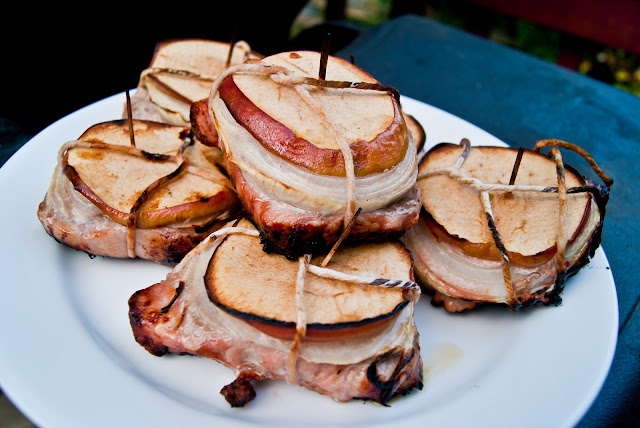August 25th is Banana Split Day!
Okay, okay, so apparently Banana Split Day is also August 10th and June 8th. But we're going to celebrate it today with an old fashioned recipe.
Three places generally claim to have invented the banana split, all in the early twentieth century - Latrobe, Pennsylvania; Boston, Massachusetts; and Wilmington, Ohio. However, we can date these three stories and it seems that a Dr. David Strickler in Pennsylvania was the likely inventor. Strickler was a young apprentice pharmacist who enjoyed concocting recipes at the pharmacy's soda fountain. One day in 1904 he invented the banana split and the dessert soon caught on with local college students.
A year or two after Strickler's invention, an ice cream entrepreneur named Stinson Thomas also came up with the idea of the banana split. In a magazine he was quoted as saying, "My trade here is always looking for something new and so, one day it occurred to me that I might prepare a popular fountain beverage with a banana. I sent my boy out to buy half a dozen bananas, and when he returned I cut off the ends of a banana, split it open, put a portion of ice cream on top and a spoonful of crushed strawberries. It certainly looked swell and I believed that the public would like it." Thomas's version used an unpeeled banana - although Thomas quickly realized that the ladies the dessert was so popular with preferred their bananas peeled.
Lastly, we have Ernest Hazard, a restaurant owner in Wilmington, Ohio. The city claims that in 1907 Hazard developed the banana split as a method of attracting college students during the winter months.
While it seems obvious that Strickler was the true inventor of the banana split, it is still possible that the same recipe was created at the same time in different places by different people. This situation is similar among many inventions.
The banana split as we know it today traditionally includes a split banana with one scoop each of vanilla, chocolate, and strawberry ice cream. The vanilla ice cream is topped with pineapple topping, the chocolate with chocolate syrup, and the strawberry with strawberry topping. The whole thing is then covered with whipped cream, nuts, and crowned with a maraschino cherry.
However, examining historical recipes, advertisements, and magazines shows that this may not have been the original banana split recipe. The recipe below from a 1907 newspaper advertisement only includes vanilla ice cream and excludes any syrupy toppings. Some similar recipes over the next few years do not specify an ice cream flavour or simply call for vanilla, but it still doesn't mean that the triple flavour split wasn't happening elsewhere.
Original Recipe:
Banana Split. A generous cone of vanilla ice cream, resting on a prime, ripe banana—split lengthwise. Topped with fresh, chopped nuts—and a rich red cherry, 10 Cents.
Don M. Munger & Co.
LOGAN HOUSE PHARMACY.
The Verdict:
Well it's certainly nothing like the banana split we know today. Actually, this reminded me a bit of the
Peter Pan Dessert I made a while ago. But at least this one has an appropriate amount of ice cream.I liked this split. It was nice and simple. I used chopped almonds and they were tasty; likewise, the cherry was a nice burst of sweetness and I wished there were more. It's not as fancy as a triple-scoop split with whipped cream and fruity sauces, but it's still a nice way to dress up some plain ice cream.
Modernized Recipe:
1 BANANA
1 large scoop VANILLA ICE CREAM
NUTS, chopped
1 CHERRY
1. Carefully peel the banana and split it lengthwise. Place it in a long dish.
2. Fill the split of the banana with a large scoop of vanilla ice cream.
3. Top with fresh, chopped nuts and a cherry. Serve.
.png)



















































3 comments: